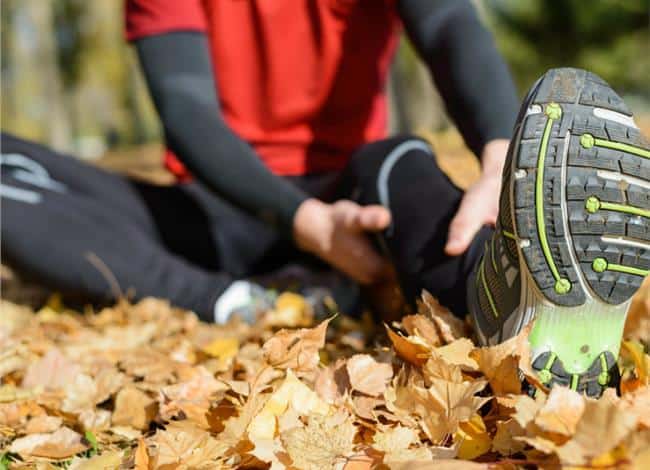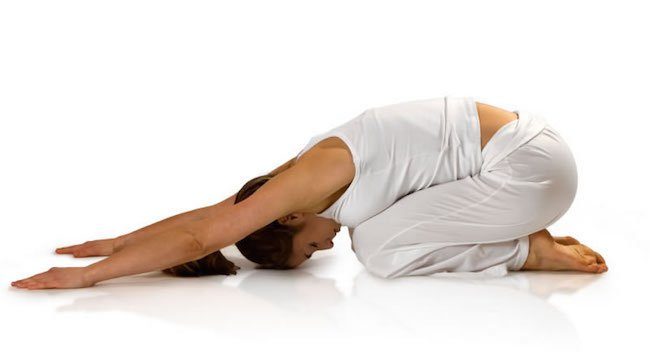
Like most people, you probably have to make time to get a workout in and you want to make every minute count. What you do before a workout, even the day before, can impact the results of your workout whether you’re just trying to get back in shape or are an elite athlete.
To get the most out of your workout, make sure you eat something adequate beforehand and have been drinking enough water so you start your workout hydrated.
The static stretching you might have done as a kid in gym class is not considered an effective way to start your workout, but that doesn’t mean you should throw out a warm up altogether.
Moving your muscles while getting them warm and stretching them is called a dynamic warm up. Researchers suggest doing dynamic exercises before your workout may help protect against injury.
Doing some mental preparation before your workout can also help; have a game plan before you even start. If you don’t, you can be more likely to not push yourself as hard and can easily talk yourself out of doing another set.
Before you start your exercise, have these 5 tips down so you can maximize your time working out.
Eat something at least an hour before hand
Even if you exercise in the morning, eating something small before you exercise could help you have a better workout.
When you exercise first thing in the morning, your carbohydrate energy stores are probably depleted. Having something small, like a banana, can give your body some extra fuel so you won’t feel sluggish.
If you exercise later in the day, make sure you’ve had something to eat within a few hours. If your stomach is growling, chances are your workout will suffer.
If you’re hungry by the time you start exercising after work, have a midafternoon snack that provides a combination of carbohydrate, protein and fat.
Keep in mind you don’t want to eat anything heavy or high in fiber right before you exercise.
You don’t want to feel stuffed or famished before you exercise.
Limit static stretching
Stretching can help improve flexibility and range of motion, and if that’s a goal, you should include static stretching, just not right before you exercise.
Static stretching is where you hold a stretch position for about 30-60 seconds.
Some research suggests that static stretching before exercise can actually have a negative impact on performance like slowing down runners or limiting how high someone can jump (1).
A 2013 analysis (2) of over 100 studies looking at the effect of pre-exercise static stretching concluded using static stretching alone before exercise should be avoided.
Before you write off static stretching completely though, exercise scientists say static stretching can still be beneficial for increasing flexibility and range of motion, just do it at different times than right before exercising.
Do more dynamic warm ups
Instead of static stretching before exercise, exercise scientists suggest doing dynamic stretches.
Dynamic stretches bring the body through ranges of motion that will prepare the body for exercise. Examples of dynamic stretching can be: arm circles, leg swings, high knees, jumping jacks, etc.
Even walking or slowly jogging for a few minutes before you increase the intensity can help warm up the body and prepare it for movement.
How much dynamic stretching will you need? Individual needs vary along with what type of exercise you are doing and any history of injuries.
If you have any specific questions about warming up for your workout, speak with an exercise specialist.
Make sure you’re well hydrated
Even mild dehydration can inhibit your workout. Energy levels will be lower, and you may have a harder time concentrating.
Mild dehydration can happen before you feel thirsty, so it is tricky to notice before it gets to the point where your thirst mechanism turns on.
Before you work out, make sure you are hydrated. Drink plenty of water through the day so that your urine is very pale yellow to clear most of the day.
Most of your fluid intake should be pure water or tea for optimal hydration without added sugar.
Caffeinate beforehand?
Coffee before you exercise may actually have some pay off, according to some research. A 2010 review article (3) found most, but not all, studies with resistance training found a benefit from caffeine.
A 2015 study (4) also found an intake of caffeine before exercise increased energy burn 3 hours after exercise. The amount of caffeine used for this study was about the equivalent of a 12 ounce coffee for an adult weighing 150 pounds.
Before you start loading up on coffee or energy drinks before working out, caffeine intake should be used with caution.
Some people can have gastrointestinal distress during exercise from too much caffeine. Taking too much before exercise could be harmful; stick with a cup or two of coffee beforehand if you want.
Have a plan
Having a plan before you work out shouldn’t be overlooked. If you have a plan, you’ll be more likely to push through a hard workout.
If you are just doing whatever you want, you’ll be more likely to not push yourself as hard.
Having a plan also means you are keeping track of which exercises and muscle groups you are working.
This can be helpful for making sure you are hitting all the muscle groups and not overworking or under working muscles.
If you don’t know what a plan should look like for exercise or what would be best for you, try working out with a personal trainer or take group exercise classes.
This can help challenge you more than you would challenge yourself.










